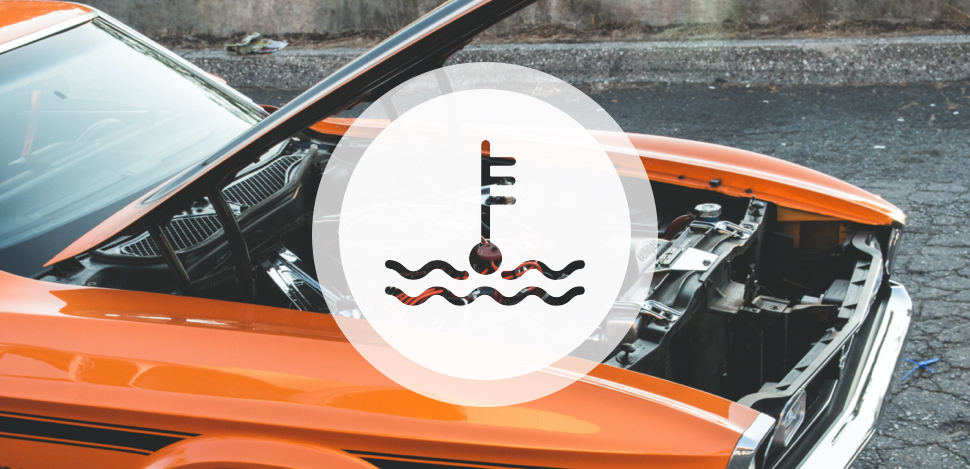In all weather conditions and particularly in extreme heat, checking the engine coolant level is paramount. Explanations.
In the “verify the levels” section, the engine coolant element is essential and the inevitable. A rather easy operation which, if forgotten or even neglected, can have really bad consequences both for your security as well as your wallet
Easy and necessary operation
The purpose of the coolant is to cool the engine but also to protect it from internal corrosion. First of all, it is important to know that the coolant is changed on a flat surface and with the engine being cold (otherwise there is a risk of spraying boiling water).
Inspection is carried out at the expansion vessel. A good reading of this level corresponds to an average between the references “mini”(-mum) and “maxi”(-mum). By checking it regularly, you can maintain the volume effectively but you have to change it about every 3 years.
On the other hand, if the level of the coolant is below the “mini” mark, it is very likely that a leak exists. The consequence? Engine overheating combined with damage to the cylinder head gasket. The solution? Take your vehicle to a professional.
If the coolant level is close to “mini”, you can add liquid if your car is less than five years old. However, do not overfill with pure water as this may cause the cooling circuit to become scalded and will be ineffective against frost in winter. In almost all cases, it is, of course, advisable to use a suitable liquid, whether it be of manufacturer origin or corresponding to the needs of your vehicle.
Coolant: good to know
If you are having to fill your coolant very frequently, a leak may be the cause. First, change the expansion tank cap. If the problem is not resolved, consult a professional! Find a car garage to do the repair.

